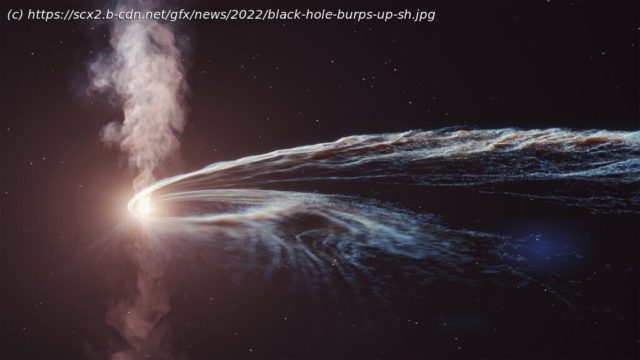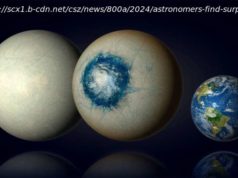In October 2018, a small star was ripped to shreds when it wandered too close to a black hole in a galaxy located 665 million light years away from Earth. Though it may sound thrilling, the event did not come as a surprise to astronomers who occasionally witness these violent incidents while scanning the night sky.
October 12, 2022
In October 2018, a small star was ripped to shreds when it wandered too close to a black hole in a galaxy located 665 million light years away from Earth. Though it may sound thrilling, the event did not come as a surprise to astronomers who occasionally witness these violent incidents while scanning the night sky.
But nearly three years after the massacre, the same black hole is lighting up the skies again—and it hasn’t swallowed anything new, scientists say.
„This caught us completely by surprise—no one has ever seen anything like this before,“ says Yvette Cendes, a research associate at the Center for Astrophysics | Harvard & Smithsonian (CfA) and lead author of a new study analyzing the phenomenon.
The team concludes that the black hole is now ejecting material traveling at half of the speed of light, but are unsure why the outflow was delayed by several years. The results, described this week in The Astrophysical Journal, may help scientists better understand black holes‘ feeding behavior, which Cendes likens to „burping“ after a meal.
The team spotted the unusual outburst while revisiting tidal disruption events (TDEs)—when encroaching stars are spaghettified by black holes—that occurred over the last several years.
Radio data from the Very Large Array (VLA) in New Mexico showed that the black hole had mysteriously reanimated in June 2021. Cendes and the team rushed to examine the event more closely.
„We applied for Director’s Discretionary Time on multiple telescopes, which is when you find something so unexpected, you can’t wait for the normal cycle of telescope proposals to observe it,“ Cendes explains.






